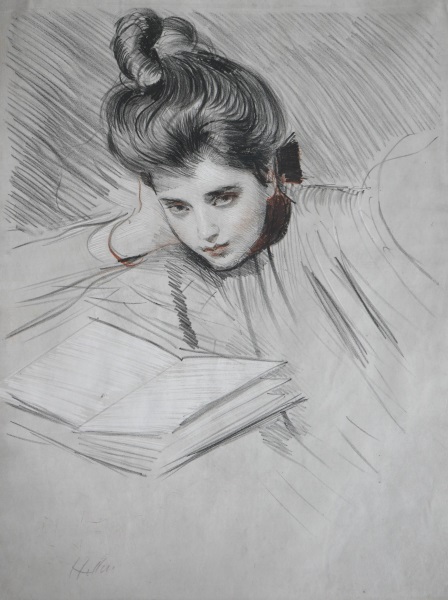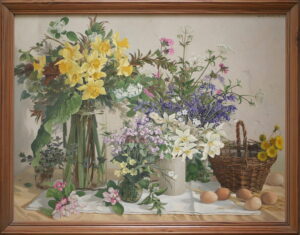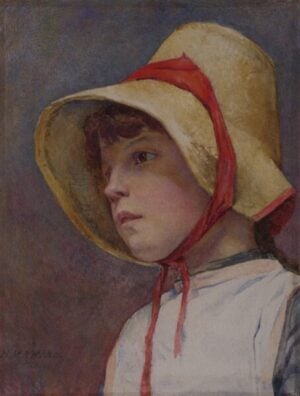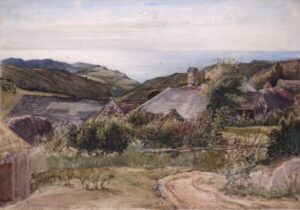Description
The sitter in the portrait is the artist’s eldest daughter Ellen, born in 1887. The original drawing for this print dates from around 1902/03 and was sold at Drouot Auction House in Paris, on the 28th June 2015; Lot No 7.
Helleu’s main medium for printing was the drypoint, his lithographs are less common. The advantage of lithography over the other manual printing processes was that the image could be created on another surface and transferred to the stone. This bought added convenience in many different ways. The image could be drawn the right way round (it would become reversed when transferred, and reversed back again in printing), this meant that the bulky stone did not have to be brought to wherever the artist was working. Ink patterns or tonal devices achieved more conveniently in some other medium could be applied to selected parts of the stone, such as the signature in our print which is lacking in the drawing sold at Drouot.



